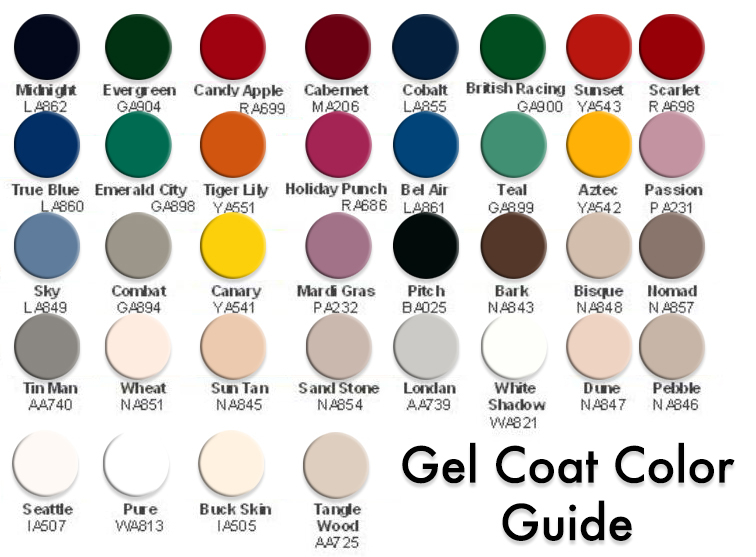When it comes to choosing the right paint color for your walls, furniture, or any other surface, a color chart can be a valuable tool. A color chart for paint provides a visual representation of all available colors, making it easier for you to compare and choose the perfect shade for your project. By using a color chart, you can ensure that the color you select will complement the overall aesthetic of your space.
Additionally, a color chart can help you see how different colors work together and how they may look in various lighting conditions. This can prevent any surprises once the paint is on the walls. Whether you’re a professional painter or a DIY enthusiast, having a color chart on hand can streamline the decision-making process and lead to a more successful outcome.
Color Chart For Paint
Types of Color Charts for Paint
There are various types of color charts available for paint, each serving a different purpose. Some color charts display a wide range of colors, while others focus on specific color families or shades. Popular types of color charts for paint include:
1. Pantone Color Chart: Pantone is a widely recognized color system used in various industries, including graphic design and fashion. A Pantone color chart displays a vast array of colors, each identified by a specific code.
2. Sherwin-Williams Color Chart: Sherwin-Williams is a leading paint manufacturer known for its high-quality products. Their color chart showcases a range of paint colors categorized by color families, making it easy to find the perfect shade for your project.
3. Behr Color Chart: Behr is another popular paint brand that offers a color chart featuring a diverse selection of paint colors. Their color chart includes both neutral tones and bold hues, allowing you to explore various options for your space.
Using a Color Chart for Paint Selection
When using a color chart for paint selection, it’s essential to consider factors such as the lighting in your space, the existing decor, and the mood you want to create. Start by identifying the primary colors you’re drawn to and then narrow down your choices based on your preferences and the overall design scheme.
Don’t be afraid to experiment with different colors and combinations to see how they interact with each other. Remember that paint colors can look different once applied to a surface, so it’s crucial to test a small area before committing to a full paint job.
By utilizing a color chart for paint, you can make informed decisions about color selection and create a cohesive and visually appealing space that reflects your personal style.
